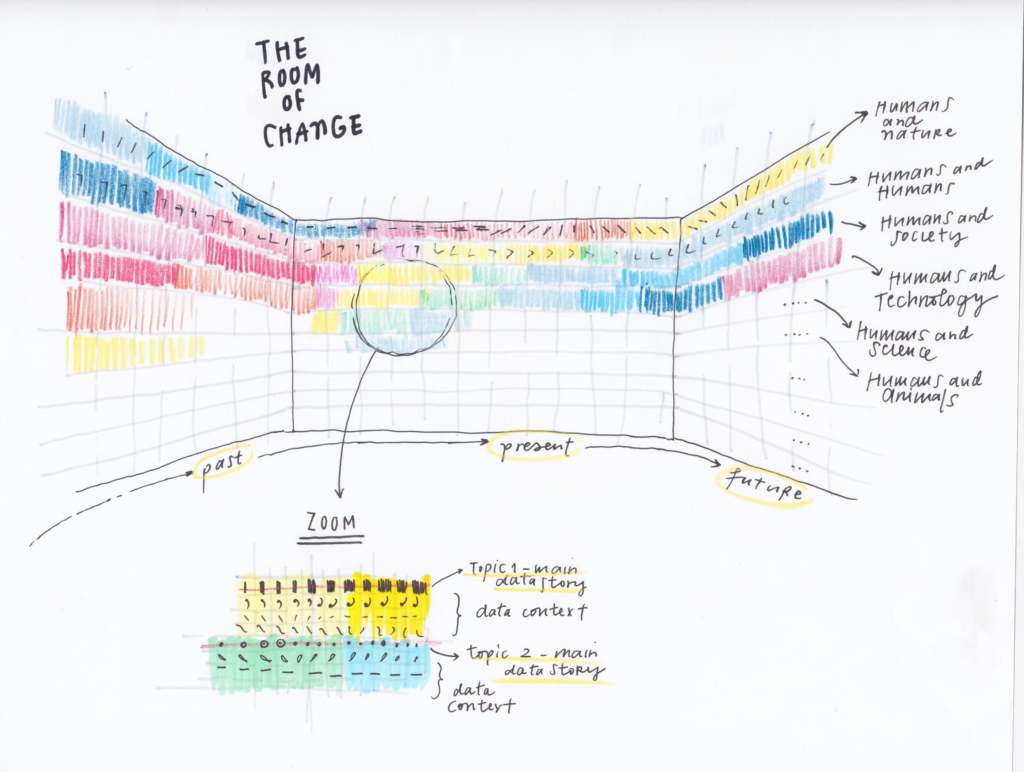Share the post "Data Humanism: the data that tracks our lives. Interview with Giorgia Lupi"
Who said data is difficult to understand? Thanks to maps, graphs, and diagrams, any data relating to a particular phenomenon can be deciphered through a process of interpretation in which the visual impact of colors and shapes offers us an immediate reading.
Giorgia Lupi (Rome, 1981) is an Italian artist, information designer, and advocate for data humanism who, having moved to the United States, has made research, data, and graphics the essence of her artistic production by relating art, data, and research.
After obtaining a degree in Architecture at the University of Ferrara and studying design at the Polytechnic of Design and at the Domus Academy in Milan, after various experiences in design agencies, in 2014 he founded Accurat, her own design studio in Milan and New York. Her work is exhibited at MoMA and the Smithsonian Design Museum, among others.
Understanding the place in which we live, and understanding the environmental, cultural, and social dynamics are important for coexistence in the world, from the smallest to the largest habitat.

Thanks to technological progress, research has improved a lot in understanding the needs and therefore the emergencies that above all our Earth asks us is asking us, on a daily basis: climate change and earthquakes it is in fact screaming at us that something is changing and the actions and the habits of human beings must necessarily change with respect for everyone; a fundamental aspect is also to communicate this data with maximum diffusion and avoid misinformation in a world made of easy fake news between artificial intelligence and social networks.
Winner of the 2022 National Design Award for Communication Design in Milan, Giorgia Lupi tells her story through her experience in the field and her projects.
As an Information Designer, your production focuses on Data Humanism: you use data to understand our society and its performance. How was this passion for art, data, and research conceived?
Data Humanism is my approach that sees data not only as cold numbers but as an abstraction of reality. Data is a filter we can use to see the world one subject at a time to better understand it. This approach only works if we include the human qualities found in data, however: context, missing data, imperfection, and uncertainty.
Data is not perfect and is always subject to collection errors and interpretation, but through design data, humanism comes alive. When we can render data visually, people are able to understand and experience it in a new, more human, way.
Continue on MuseumWeek Magazine.
